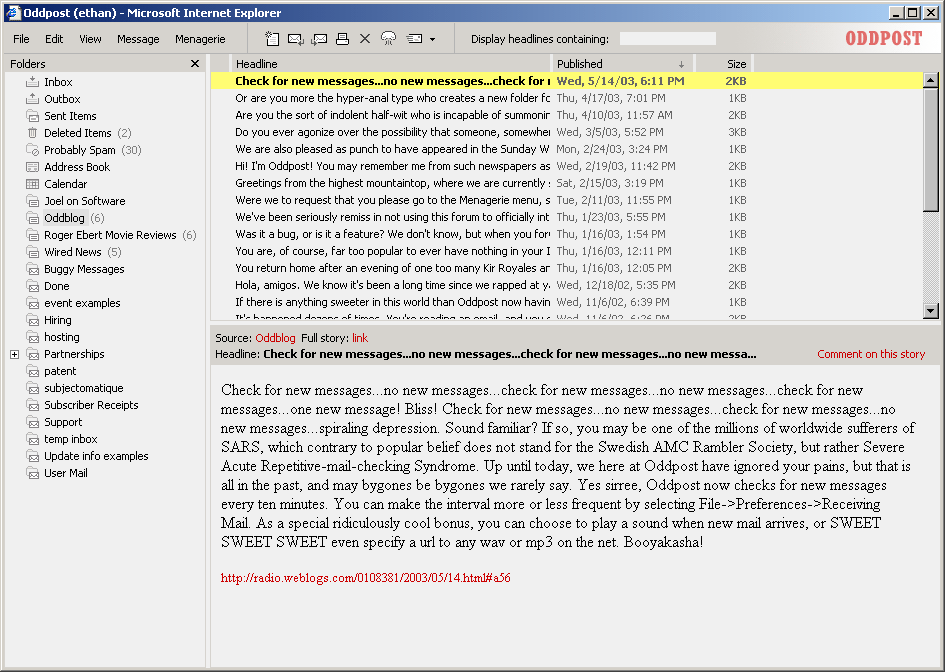Ogilvy social trends
Marshall and James delivered their Ogilvy social trends presentation on a webinar. Included in the Ogilvy social trends presentation is
- Disposable / transient content
- Brand banter
- Sub-dividing communities using greater ad targeting
- Twitter zero as the organic reach on the platform plunges towards zero
- Platforms battle for video dominance
- Rise in privacy facilitating services
- Digital and identity are blurring the lines between aspiration and self actualisation
Here is this year’s Ogilvy social trends presentation:
Vintage logo design
Flickr user Eric Carl has put together an amazing album of vintage logo design from the 1970s and they are truly splendid in monochrome. They are like set of post modern mons – the iconic symbols that Japanese clans used to represent themselves. They also feel timeless rather than trend driven.
Great to finally see something we’ve been working on for a good while break cover. I have been working on a global website redesign and digital strategy for the Family Brands unit at Unilever. This is their worldwide margarine (and related cooking ingredients including cream analogues) product portfolio of products. A second project that I have been involved in is a set of adverts that will be rolling out globally. This is debuting in Mexico. Unfortunately, I couldn’t enjoy it as the new, new thing beckons.
New Balance China like New Balance Japan seems to move to its down design language.
I had fallen out of touch with podcasts since the demise of Lawrence Staden and Stephen Bell’s ‘Loz n Belly’ weekly commentary on economic issues a few years ago, but got hooked again when I was introduced to Studio 360’s American Icons programmes. If anyone has any recommendations for good financial and economic podcasts let me know in the comment box below and will give them a whirl.
I thought it was just my perception that OS X had slowed down somewhat over the past couple of iterations, but this video gave me some food for thought.
I am just a sucker for fractals. I spent far too much time in college in front of a Mac 7500 and a colour monitor going deeper and deeper into a Mandelbrot set, so this video really resonated. Play it on full screen, sit back and enjoy
I have a boundless fascination of mechanical watches and this teardown of a Rolex Submariner brings home the miracle and beauty of their mechanical engineering. Rolex do slow and steady innovation in their movements. They also use a high degree of automation in the manufacture of their parts – all of which is done on-site. Rolex keeps is assembly process largely secret, but likely involves a high degree of precision assembly automation that would be more impressive than even Hon Hai Electronics efforts in China. You can take your Apple Watch and shove it. You can see more luxury related content here.

